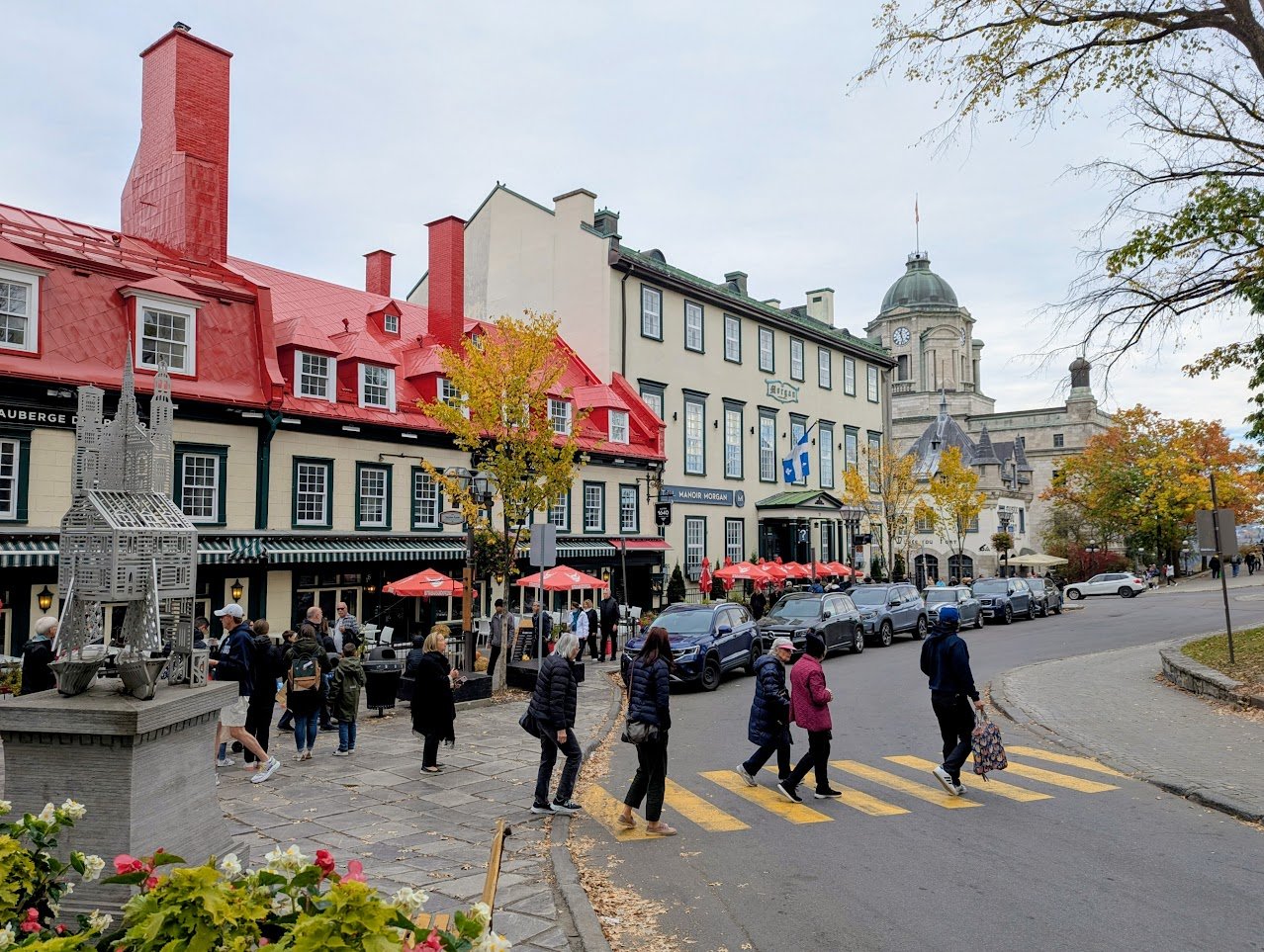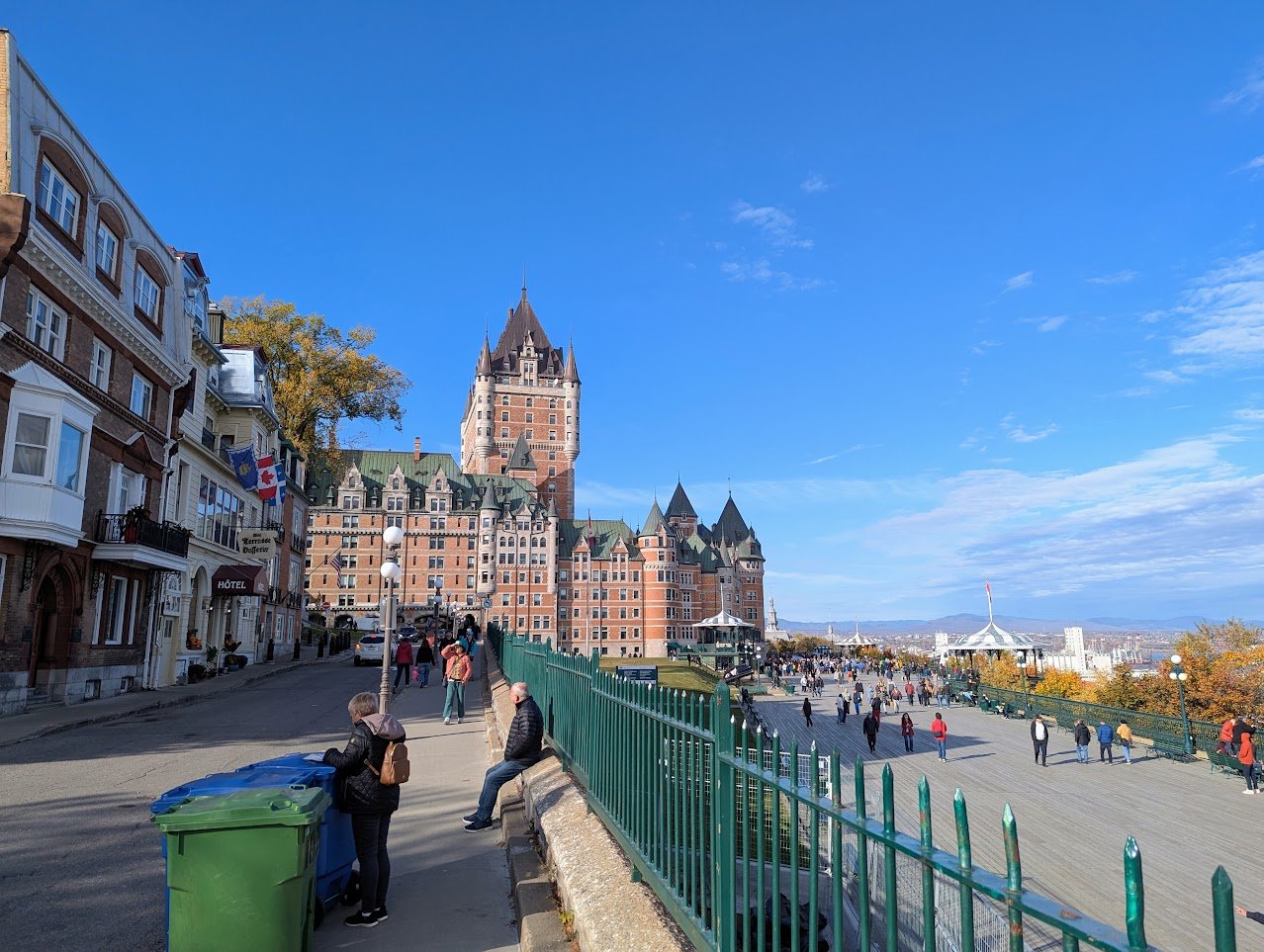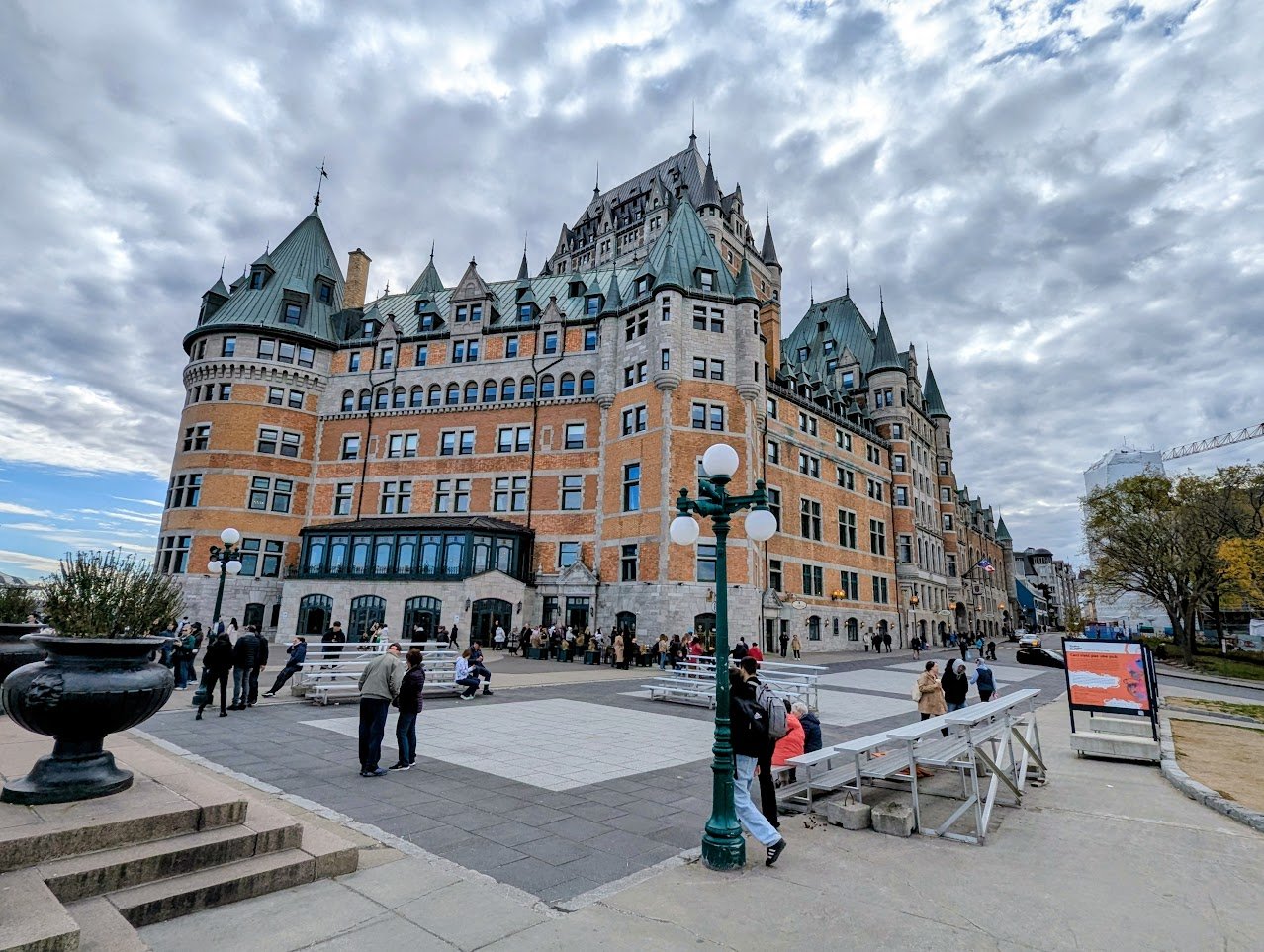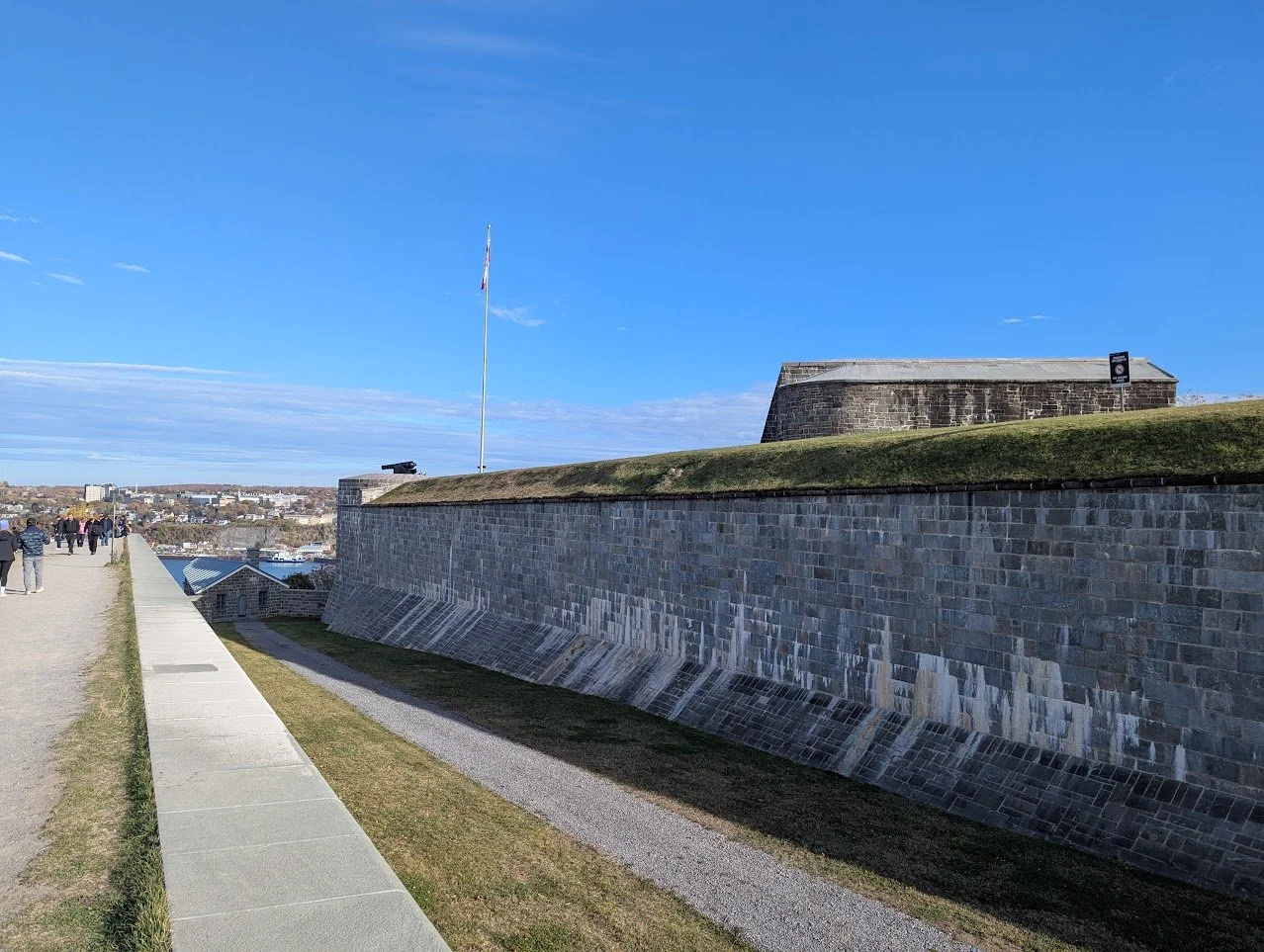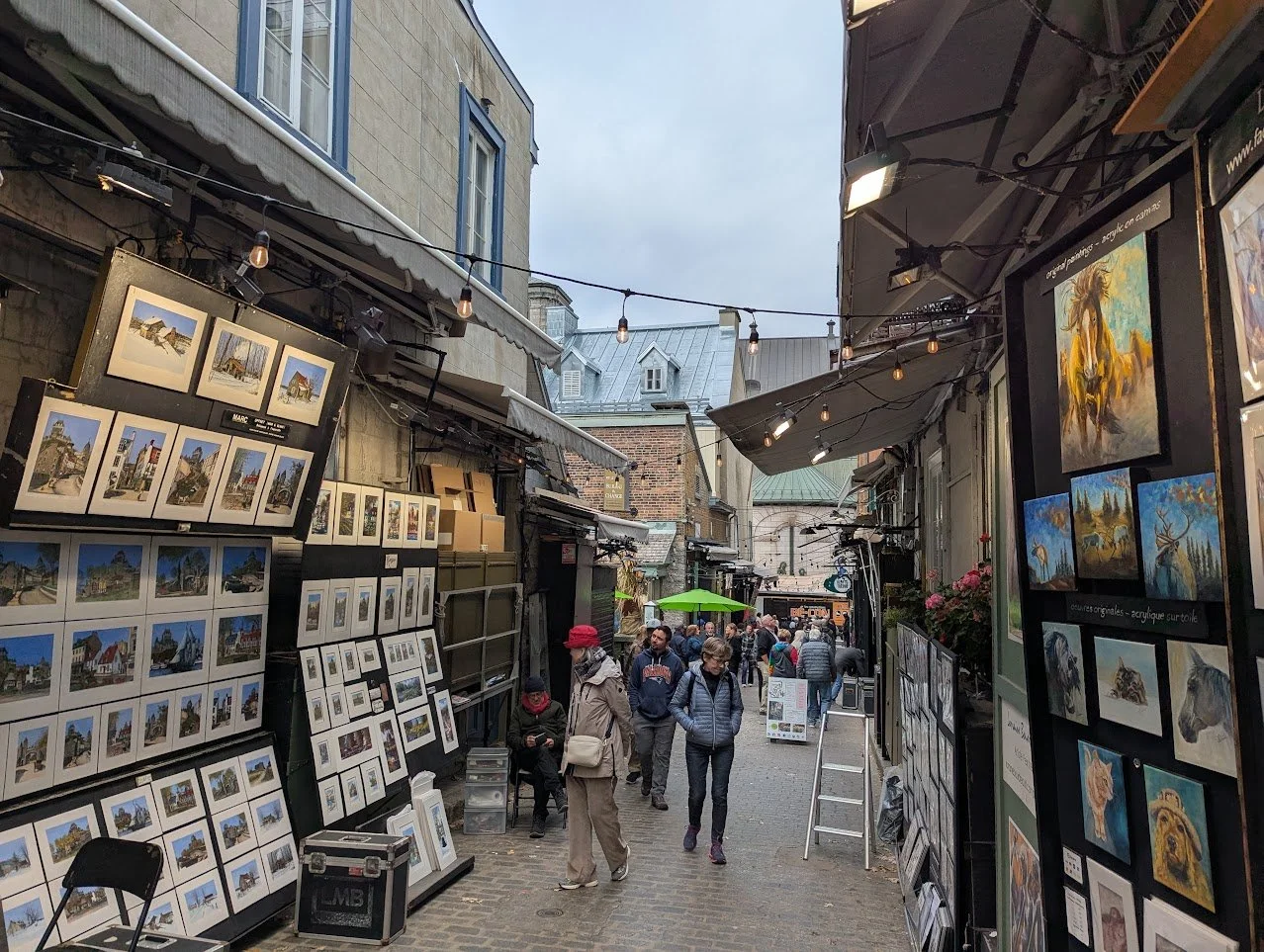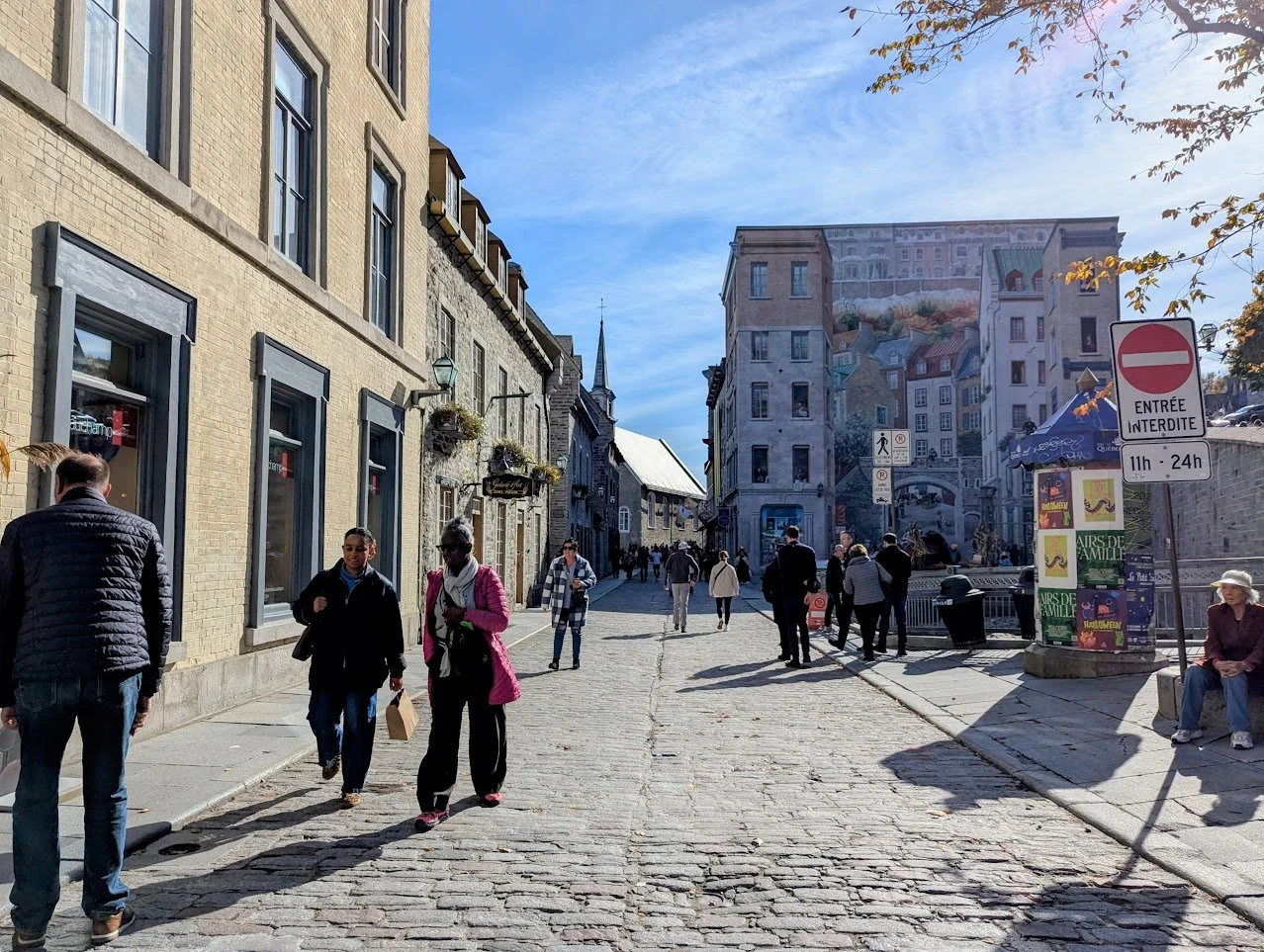Quebec City Remains The Cultural Embodiment of French Canada
French explorer Samuel De Champlain built France’s first permanent settlement on the north side of the St. Lawrence River in 1608. He created a city that became the center point for French culture and influence in North America that continued into the 21st century. Quebec City served as the capital of the territory of New France throughout the 17th and 18th centuries until the British captured it during the Battle of the Plains of Abraham in 1759. In subsequent centuries, Quebec City continued to promote the French language, culture, and Catholicism initially under British dominion and later as the capital of the Canadian province of Quebec. Despite Canada’s emergence as one of the world’s ten largest economies with huge land holdings and natural resources, the status of Quebec within Canada’s federal system and parliamentary democracy remains a volatile issue. Meanwhile, more than four millions leisure and business visitors come to Quebec City to enjoy the views, buildings, shops, and cafes reminiscent of France, along with its cuisine and vibrant people.
The Historic District of Old Quebec became a UNESCO World Heritage Site in 1985 and is the principal area to visit and experience the historic sites and cultural atmosphere of the city. Some leading activities to pursue there include:
Promenade on the Terrasse Dufferin- At the top of Old Quebec is a plateau which is part of the Laurentian Mountains. This promontory known as Cape Diamond divides the historic Upper Town of Quebec from the lower ground and river landings along the St. Lawrence River. One place to view the river and appreciate the grand views from Cape Diamond is the Terrasse Dufferin, a wide boardwalk that extends from the foot of the La Citadelle Fort past the Fairmont Le Chateau Hotel to Upper Town attractions. People promenade there to see street performers during warmer months. In the winter, a toboggan ice slide allows people to whisk from the Citadelle right down onto the Terrasse.
Ride the Funicular – The walk up the mountain from the Lower Town is short but quite steep. Many people enjoy taking the Funicular that connects that two areas which allows riders to see the historic city center rise in front of them while the river and rooftops of the Lower Town recede below. This ride costs 6 Canadian Dollars and takes only a few minutes to complete.
Stay or Dine at the Fairmont Le Chateau- Most pictures of Old Quebec feature the towering presence of the Fairmont Le Chateau Frontenac luxury hotel. This 611-room brick and stone landmark features the architecture of a French chateau supplemented by spires, towers, turrets, and a copper roof. First opened on the cliff in 1893, the building has been expanded and modernized several times and is renowned for its grand public spaces and two luxury restaurants. It is centrally located along the Terrasse Dufferin boardwalk in Upper Town with easy access to the shopping areas and cafes there.
Visit La Citadelle and Military Attractions- One historic structure located on Cape Diamond is La Citadelle, the largest military fort in North America. Built by the French to prevent British forays into New France, it was expanded in the early 1800s to defend Quebec against possible attack by the United States. In addition to its strategic location on the cliff with views in all directions, the Citadelle had angular star shaped walls that rise three hundred feet above the river and cannon emplacements guarding against attack by water or land. Visitors enjoy walking up to the top for the views but also daily activities in the summer that include a morning changing of the Guard, twice daily firings of the Citadelle cannon, and museum attractions. At the Musee du Fort located at north end of the Terrasse Dufferin boardwalk, war relics and sound and light shows of famous city battles are featured. Finally, remnants of the ramparts associated with the defense of the city and various walls are scattered around the buildings of New Town and parts of Old Town.
Shop and Dine along Rue de Baude and Rue Saint-Jean- There are interesting stores and places to eat around Old Quebec. Walking from the Fairmont Hotel or the Terrasse Dufferin along Rue de Buade and Rue de Jacques to the pedestrian street of Rue Saint Jean will provide you with the opportunity to see the flagship Simons department store, Christmas shops, and boutique and specialty shops with gourmet treats and cultural goods.
Enjoy a Walk Around Lower Town - The Lower Town of Quebec City is full of stone buildings, cobblestone streets, and contemporary structures that combine to link the heritage of Quebec’s original trading post, marketplace and First Nations peoples with a vibrant commercial port and marina complexes. The Rue de Petit-Champlain area features a variety of shops, restaurants, galleries, and museums. One popular place to visit there is the Place Royal, a plaza that includes the restored homes of wealthy traders and leading citizens built during the 1700s, a pale stone cathedral known as the Notre-Dame de Quebec, and pedestrian streets and squares with cafes and shops. Another attraction in Lower Town is the Musee de la Civilization.
When to Go- Weather conditions in Quebec City are comfortable for a visit and outdoor enjoyment from late April through the end of October with limited rainfall and average elevated temperatures ranging from 53 degrees Fahrenheit to 77 degrees. Late November and December can be busy also since it is a popular time for visitors to enjoy Christmas markets or partake in winter activities in the area despite the cold and snow. The next few winter months have short days and cold nights with average low temperatures below 10 degrees Fahrenheit. Quebec City is served by regional airlines and Air Canada from airports in New York, Boston, and Philadelphia. Depending on what day and what time you want to travel, it is sometimes easier to connect through Montreal or Toronto. Quebec City can be reached from the northeast United States by traveling Interstate 87 to Champlain on the border and then following Canadian routes 30 and 20 to the city.

